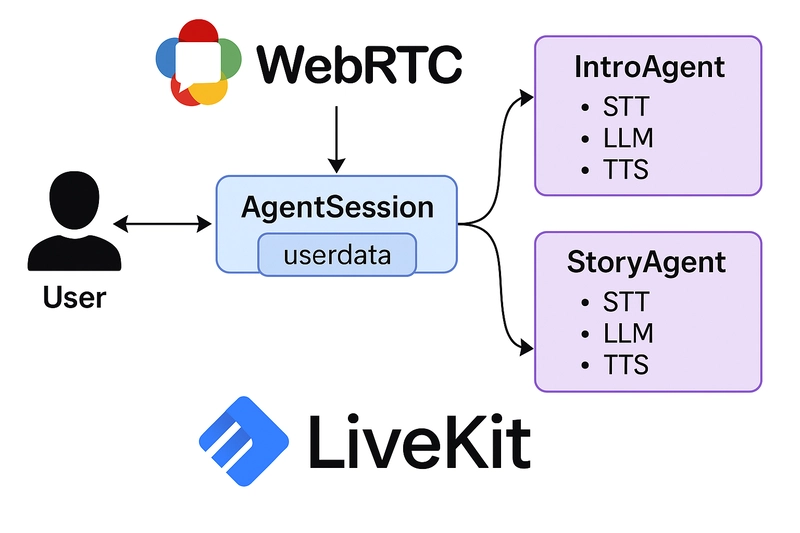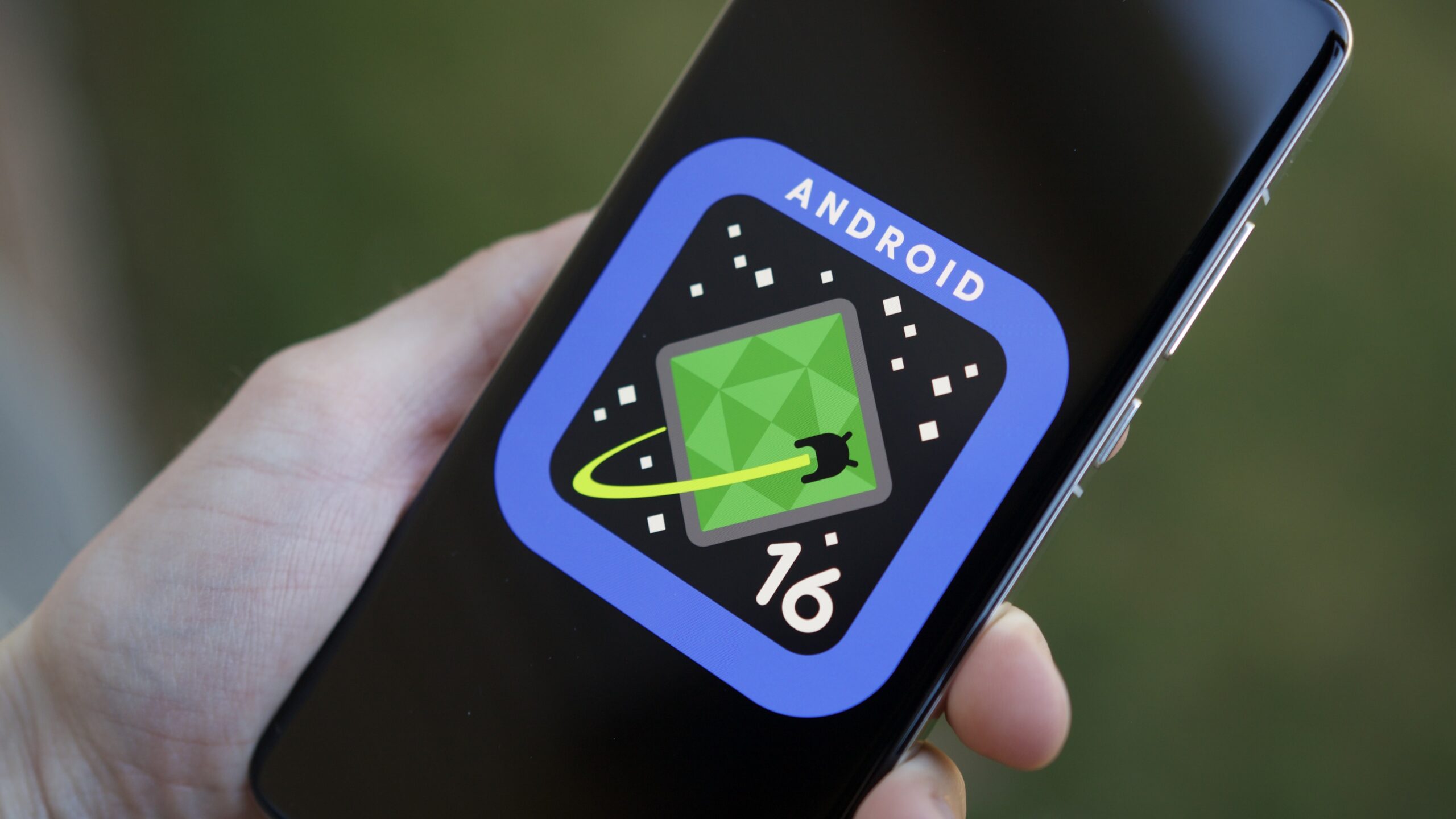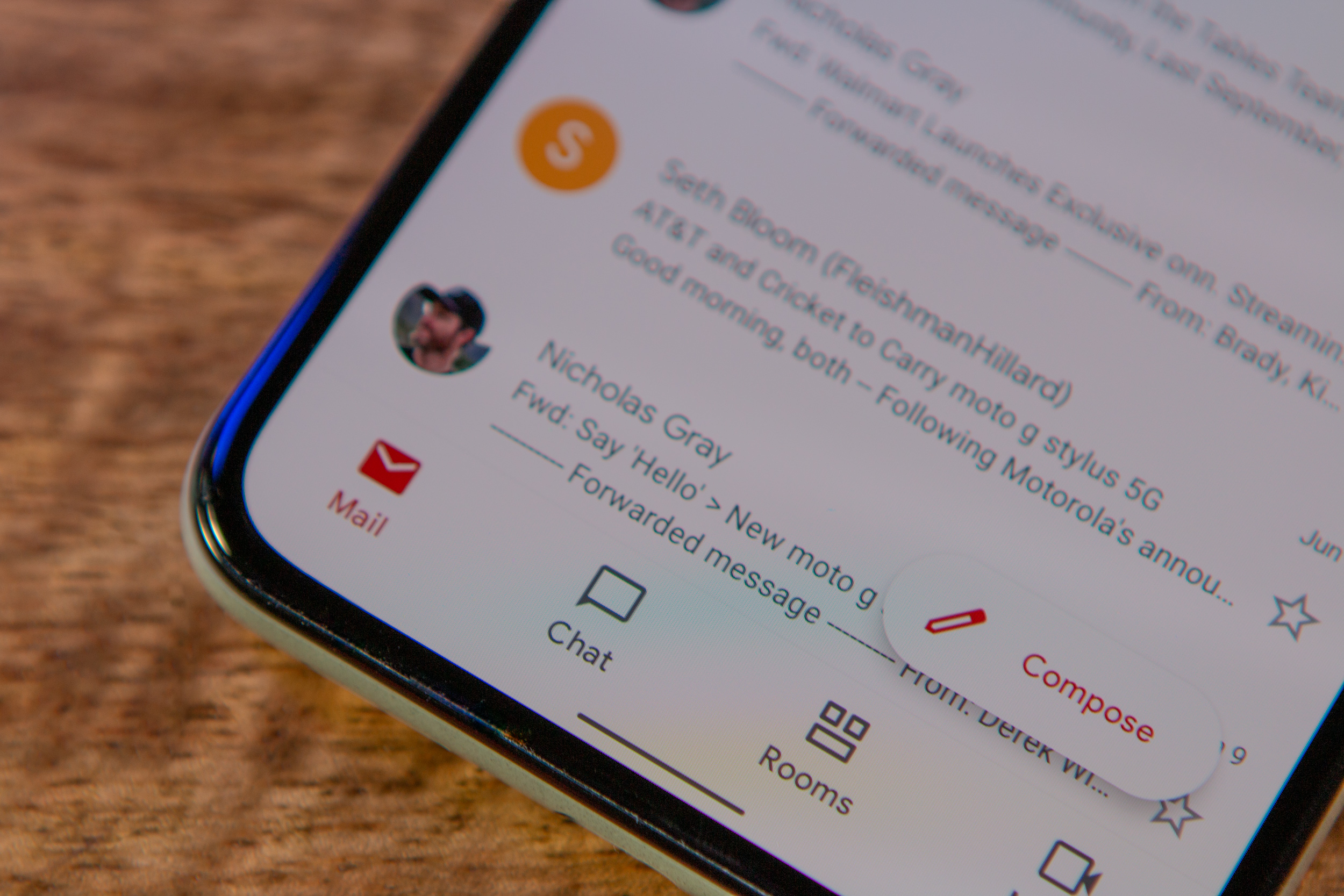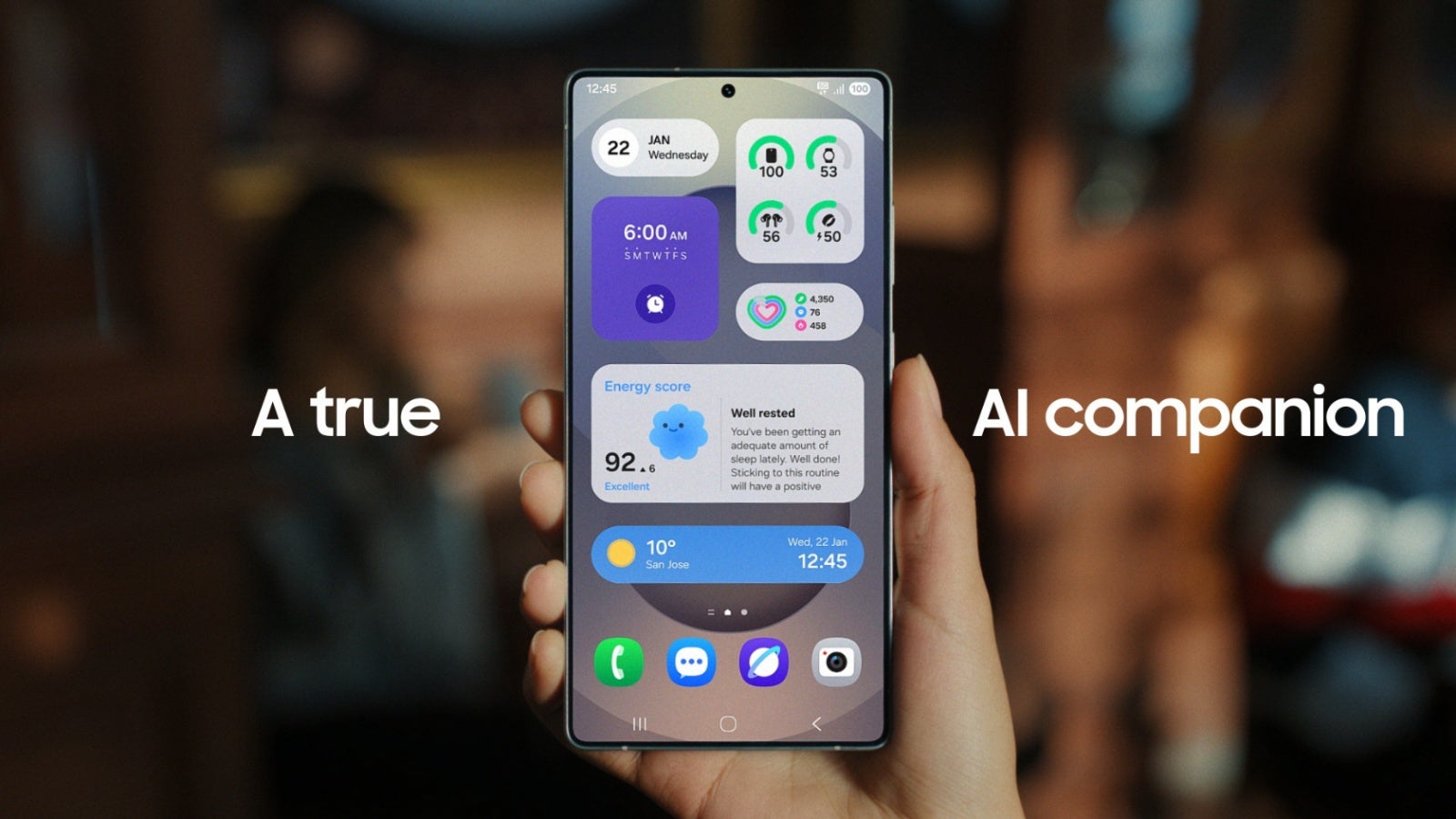Building Multi-Agent Conversations with WebRTC & LiveKit
From Simple Bots to Dynamic Conversations We've all seen the basic voice AI demos – ask a question, get an answer. But real-world interactions often involve multiple stages, different roles, or specialized knowledge. How do you build a voice AI system that can gracefully handle introductions, gather information, perform a core task, and then provide a conclusion, potentially using different AI "personalities" or models along the way? Chaining traditional REST API calls for STT, LLM, and TTS already introduces latency and state management headaches for a single agent turn. Trying to orchestrate multiple logical agents or conversational stages this way becomes exponentially more complex, laggy, and brittle. This article explores a powerful solution: building multi-agent voice AI sessions using WebRTC for real-time communication and the LiveKit Agents framework for orchestration. We'll look at a practical Python example of a "storyteller" agent that first gathers user info and then hands off to a specialized story-generating agent, all within a single, low-latency voice call. Why Does the Standard API Approach Fall Short (Especially for Multi-Agent)? The typical STT → LLM → TTS cycle via separate API calls suffers from:

From Simple Bots to Dynamic Conversations
We've all seen the basic voice AI demos – ask a question, get an answer. But real-world interactions often involve multiple stages, different roles, or specialized knowledge. How do you build a voice AI system that can gracefully handle introductions, gather information, perform a core task, and then provide a conclusion, potentially using different AI "personalities" or models along the way?
Chaining traditional REST API calls for STT, LLM, and TTS already introduces latency and state management headaches for a single agent turn. Trying to orchestrate multiple logical agents or conversational stages this way becomes exponentially more complex, laggy, and brittle.
This article explores a powerful solution: building multi-agent voice AI sessions using WebRTC for real-time communication and the LiveKit Agents framework for orchestration. We'll look at a practical Python example of a "storyteller" agent that first gathers user info and then hands off to a specialized story-generating agent, all within a single, low-latency voice call.
Why Does the Standard API Approach Fall Short (Especially for Multi-Agent)?
The typical STT → LLM → TTS cycle via separate API calls suffers from:









































































































































































![[The AI Show Episode 144]: ChatGPT’s New Memory, Shopify CEO’s Leaked “AI First” Memo, Google Cloud Next Releases, o3 and o4-mini Coming Soon & Llama 4’s Rocky Launch](https://www.marketingaiinstitute.com/hubfs/ep%20144%20cover.png)









































































































































































































![Rogue Company Elite tier list of best characters [April 2025]](https://media.pocketgamer.com/artwork/na-33136-1657102075/rogue-company-ios-android-tier-cover.jpg?#)








































































.webp?#)































































































![Here’s the first live demo of Android XR on Google’s prototype smart glasses [Video]](https://i0.wp.com/9to5google.com/wp-content/uploads/sites/4/2025/04/google-android-xr-ted-glasses-demo-3.png?resize=1200%2C628&quality=82&strip=all&ssl=1)














![New Beats USB-C Charging Cables Now Available on Amazon [Video]](https://www.iclarified.com/images/news/97060/97060/97060-640.jpg)

![Apple M4 13-inch iPad Pro On Sale for $200 Off [Deal]](https://www.iclarified.com/images/news/97056/97056/97056-640.jpg)
































































































































